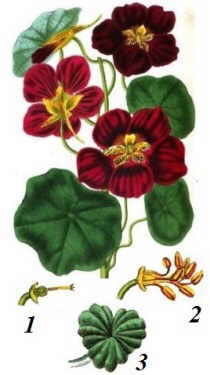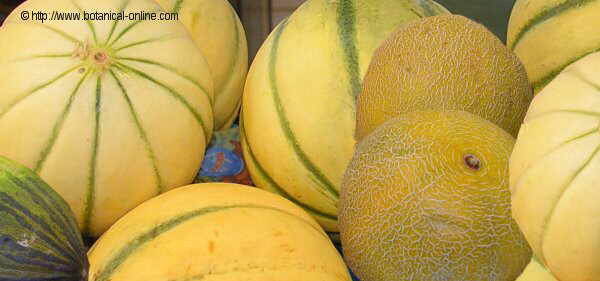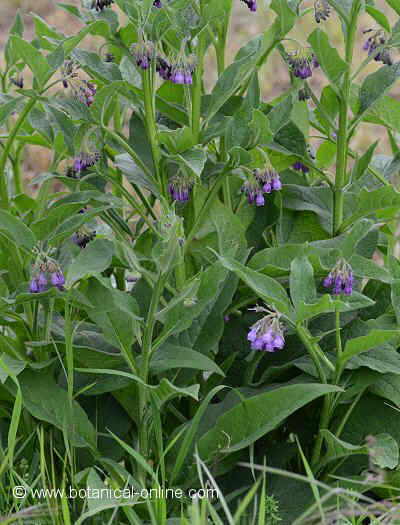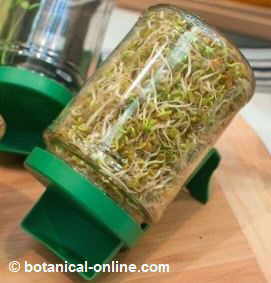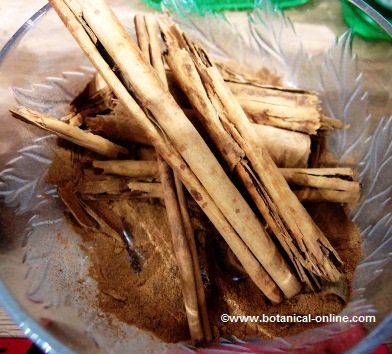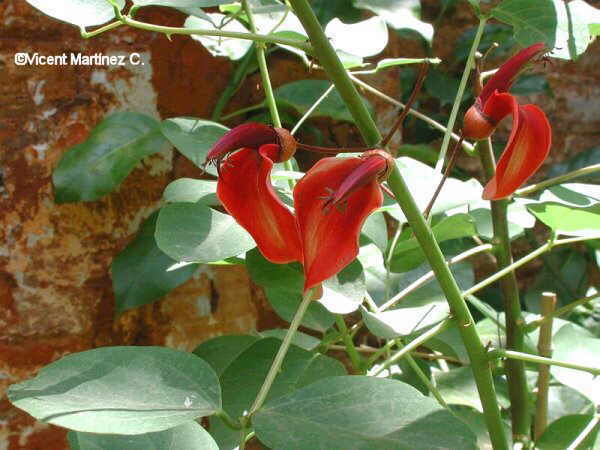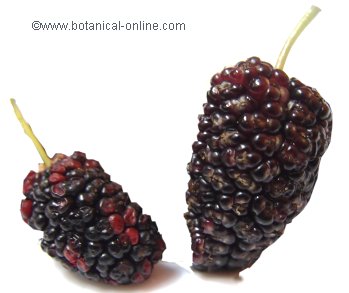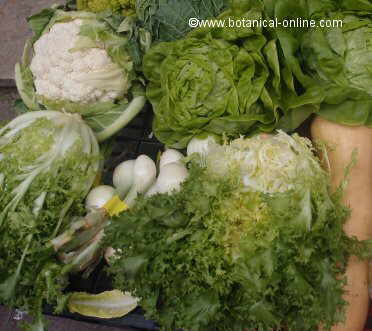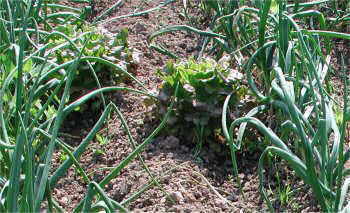Contents
Characteristics of nasturtium
What plant is a nasturtium?
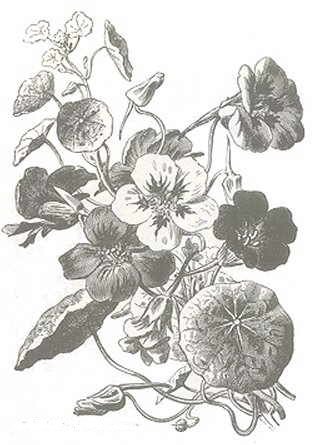
Common English name: Nasturtium, garden nasturtium, Indian cress
– Spanish / Español: Capuchina, taco de reina, mastuerzo de Indias, espuela de galán…
Scientific name: Tropaeolum majus L
Family: Tropaeolaceae
Habitat: Garden plant from Peru, introduced into Europe in the 17th century
Description of nasturtium
Perennial plant in its place of origin, but cultivated as an annual in less warm climates.
Climbing and creeping stems that expand around the center.
The leaves are rounded, strongly divided, with strong venation and the petiole inserted in the center.
Tubular flowers, open at the end in a trumpet-shaped shape with 5 petals, ending in a long spur. The upper lip is bilobed; the lower lip is trilobed. Flowers vary in color, ranging from deep red to cream or yellow. It blooms from summer to late autumn.
The fruit is a trilobed capsule, indehiscent and wrinkled when ripe.
Active ingredients of nasturtium
Active parts: The whole plant except the roots, especially the young plants or shoots, because seeds have a higher toxicity.

Nasturtium or Indian cress (1) Pistil, (2) Stamens, (3) Fruit Glucotropaeloside: This is a sulfurated heteroside or glucosinolate. This type of component is found in cruciferous vegetables such as cabbage and mustard, and is responsible for the plant’s spicy flavor. It has antioxidant and cardiotonic properties. It breaks down into glucotropaeoline or benzyl isothiocyanate (benzyl thiocyanate), which has antitumor, antibiotic, expectorant, and balsamic effects on the respiratory system.
- Vitamin C, niacin, riboflavin, thiamine
- Oxalic acid (leaves and tender shoots)
- Spilanthol
- Flavonoids: isoquercitrin (leaves), lutein, kaempferol, zeaxanthin (flowers)
- The flowers contain a pigment called sorbusin and carotenoids.
- The seeds are rich in a toxic component called trierucin.
What active principles does nasturtium contain?
Nasturtium is notable for containing glucosinolates, sulfur compounds with a spicy flavor, which are characteristic of the cabbage family (called, in botany, cruciferous or Brassicaceae family).
This component, present in the leaves and flowers, has antioxidant and cardiotonic properties. After ingestion, it breaks down into glucotropaeoline or benzyl isothiocyanate (benzyl thiocyanate), which has a pungent flavor. This isolated component has antitumor, antibiotic, and expectorant effects, and has a balsamic effect on the respiratory system.
Uses of nasturtium
- As a medicinal plant
- As an edible plant
![]() More information on nasturtium
More information on nasturtium

